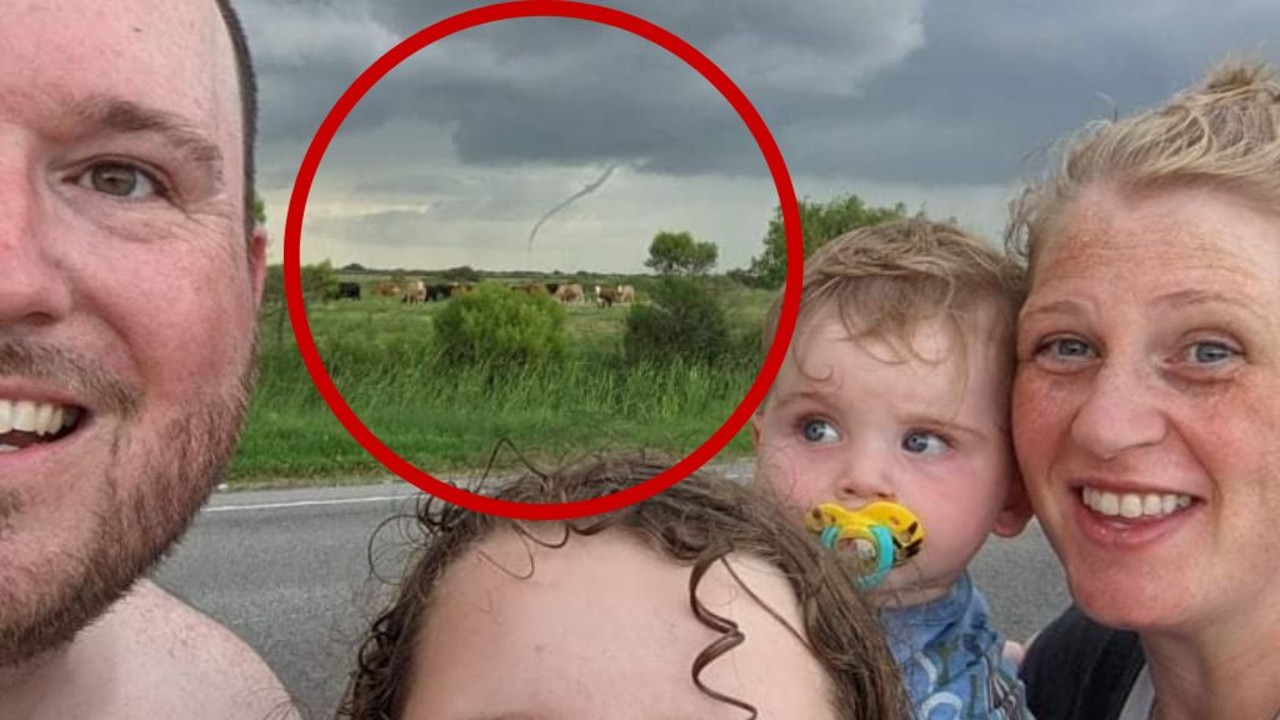Malibu beaches have become a battleground between the rich and the public
IT’S the place where the rich and famous try to stop others walking on the sand, with some even throwing rocks at those who dare to swim in the surf.

THERE’S no California dreamin’ in this part of the world.
The beaches of Malibu have turned into a local turf battle between the billionaires and anyone else who dares to swim or take a walk on the sand.
Despite laws allowing for public access, the rich and famous property owners have spent years waging war against those who set foot on ‘their’ sandy shorelines.
They have installed keep out signs, padlocked gates, no parking signs and security guards to scare off unwanted beachgoers.
One area has gone to the extreme of throwing rocks at non locals. According to the LA Times this surf tribe, made up mostly of wealthy middle-aged men, adopted a gang-style mentality to the surf break in their suburb. If you are not from their area, you don’t belong.
The infamous ‘Billionaire’s Beach’ (or Carbon Beach), which is home Hard Rock Café co-founder Peter Morton and entertainment mogul David Geffen, was the subject of lengthy legal battles for almost a decade, with owners such as Geffen refusing to allow public pathways be opened up near their homes.
Today, the Californian Coastal Commission, which regulates the local coastal area, has been able to install several public access ways to the beach.

And just last month it had another major win after a San Diego court ruled in favour of the commission and the Surfrider Foundation, which took the City of Dana Point to court over its attempt to block beach access to the public.
The Dana Point city council had claimed it was blocking access to Strand Beach, a famous surfing spot, because of fears teenagers would hold out of control parties.
In her decision, Superior Court Judge Randa Trapp slammed those campaigning to keep the public out.
She said claims that leaving the gates open would result in “sex, drugs, rock
and roll” was “sheer speculation.”
“It made for good theatre,” she said. “It was not, however, rooted in reality.”
So why do the rich think they can stop people from using the beach in front of their homes?
Well, because of a grey area in the law.
Some parts of California’s beaches, such as Escondido Beach, are privately owned but the California Coastal Act states public access begins where the sand is wet (below the mean high tide line), The Guardian reported.
Sara Wan, a member of the Coastal Commission for 15 years, told The Guardian the events over the past few years amounted to “homeowner harassment”.
“It’s a means of saying: ‘You can’t come here,’” she said. “‘Even if legally you’re allowed, we’re not going to let you do it.’”
But public access advocates have been fighting back with one developing an app that shows users exactly where they can access the beaches.
The app also advises users of their rights.

The Our Malibu Beaches app creator Jenny Price told The Independent most of the signs installed in the area are fake.
“Every one of these signs is wrong,” she said. “The homeowners have not been sharing their toys and now they have to.
“Malibu is just a very wealthy area and the idea is, if you’re wealthy you’re protected from the public. You can bomb up and down Highway 1 all day and not see one of these access ways. There are two or three mile stretches of beach you can’t get to unless you scuba or parachute there.”
Ben Adair, co-creator of the app, told The Independent residents were less than welcoming when they began turning up at access ways as part of their research for the app.
He claimed one homeowner even threatened to punch him in the face.
But the app has proved successful with more than 35,000 downloading it.
“We’ve been really surprised by the success of something we thought would be quite niche,” he said. “We thought everyone in Malibu would hate it, but it turns out the people who live right on the beach is only a tiny proportion of people living in Malibu. The rest think it’s great because now they can go to the beach.”
But obviously not everyone is as supportive.
One long-time Carbon Beach resident told The Independent locals had concerns.
“When you’ve paid $10 million for a property you expect something exquisite, and this is exquisite,” he said. “But you’re going to have all the 22 year-olds coming here and smoking weed on the beach.
“Most of the tourists are nice people but they’re going to leave trash behind.”
Despite their objections, a law was passed in 2014 banning homeowners from blocking access to public pathways to the beaches.
If they flout the law they could be fined around $15,450 per day.
It has reportedly worked.
Around 80 per cent of cases the commission was fighting over the last year were now “moving toward resolution or are resolved”, The Guardian reported.
The commission also hasn’t had to use the new legislation so far.




